How To Pass A Drug Test: 7 Ways People Try To Cheat, Beat Testing
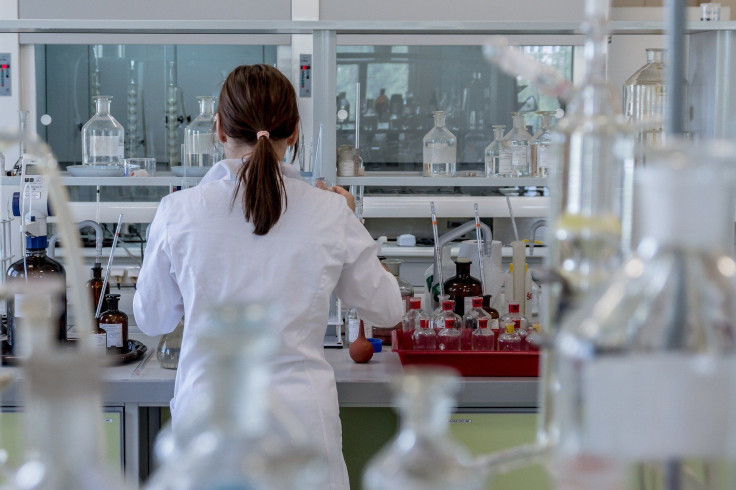
KEY POINTS
- Many job opportunities require drug screening as part of pre-employment requirements
- Throughout the years, many have tried to beat drug tests
- These methods have become less effective as science has become more sophisticated
According to the American Addiction Centers' analysis of employer drug testing in the U.S. in 2022, throughout the 50 metropolitan areas in the U.S., government job opportunities were the most common positions to require a pre-employment drug test. They are followed by positions in health care and hospitals, manufacturing, automotive and transportation and logistics industries. Aside from pre-employment drug tests, regular drug screening is also often conducted in the same industries, with health care and hospitals having them more commonly.
Though these top the list of industries where job applicants and employees may require drug screening, other job opportunities may also oblige screening as part of the pre-employment requirements. Drug tests may also be a part of annual physical exams, post-accident tests, post-treatment tests or for-cause and reasonable suspicion tests. A drug test can use urine, hair, saliva (spit), or sweat samples as test specimens.
Throughout the years, many have tried to beat the system to cheat drug tests. Over time, these methods have become increasingly less effective as science has become more sophisticated.
Here are seven ways people have tried to cheat drug tests:
1.
Pre-Collection Dilution

Detox's survey of 1,000 Americans showed that 23.06% of employees have cheated on a drug test. Among them, 31.51% tried to cheat on a urine drug test by taking detox drinks, 20.59% by diluting their urine with water and 5.88% by taking diuretics.
Pre-collection dilution by drinking large volumes of water or other water-based liquids such as fruit juices or herbal teas will dilute urine. Drug test takers should note that a positive dilute drug test result indicates the presence of drug metabolite(s) as well as a higher concentration of water than the average human excretion. This will still be considered a positive drug test result. Urine dilution is also not an effective way of defeating an alcohol test.
2.
Post-Collection Dilution
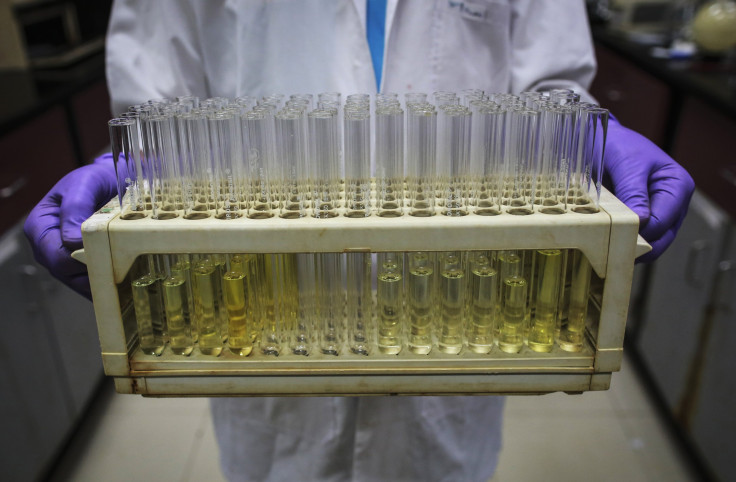
Dilution of urine samples after the urine has left the body has also become one of the most common ways people try to cheat their drug tests. In vitro urinary adulterants include Stealth (active ingredients peroxidase and peroxide), Clean ADD-IT-ive (glutaraldehyde), Klear (nitrite) and Urine Luck (pyridinium chlorochromate [PCC]). This method will still result in a failed test if the urine sample fails any of the specimen integrity tests, such as the temperature, creatinine and specific gravity tests.
3.
Substitution

In the same Detox survey, 24.37% of respondents who cheated on their drug test did so by substituting the urine sample. This is done by using someone's clean urine to pass the urine drug test. However, this is very difficult to pull off nowadays since most facilities require a supervised sample collection. Urine is also tested immediately, with a temperature check done to evaluate the validity of the sample. A spot test may also be requested if a person shows up to their drug test exhibiting strange behavior.
4.
Flushing And Detoxification
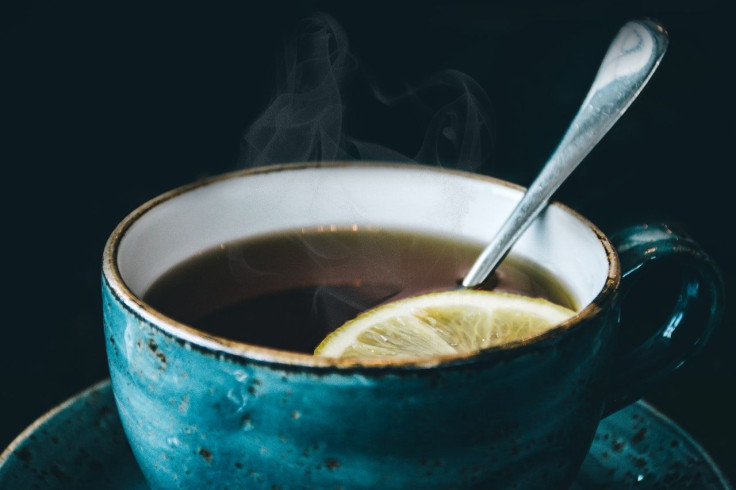
Similar to dilution, flushing and detoxification aim to increase the output of urine to produce diluted urine with drug metabolites falling below the threshold. Products used to flush or detox the body include goldenseal root, hydrochlorothiazide, or herbal teas. A study conducted by Cone et al. revealed that creatinine levels dropped below the cutoff two hours after drinking excessive fluid, while drug results switched from positive to negative after consuming two-quarters of fluid. Commercially available drug detox kits may also be used to beat a drug test, but these products come at a hefty price and need to be taken daily for more than 30 days. Spot testing may also beat this cheat.
As with urine dilution, specimen integrity checks may detect attempts to flush or detoxify the body. Test supervisors may also delay the drug test procedure until a person produces enough urine to combat this attempt to beat the drug test.
5.
Synthetic Urine

One of the newer ways people attempt to beat a drug test is by using synthetic urine. This is harder to detect because it is designed to have a similar pH to normal urine, as well as creatinine levels and specific gravity. Identifying whether a urine sample is synthetic will require testing for normal constituents of human urine that are not present in synthetic urine. An example of this is cortisol.
According to the Substance Abuse and Mental Health Services Administration, if a urine sample is observed to have abnormal characteristics that may be due to attempts to adulterate or substitute the sample, a second, direct observed sample collection will be taken. Both samples will then be sent for testing.
6.
Oral Fluid Tampering Mouthwash
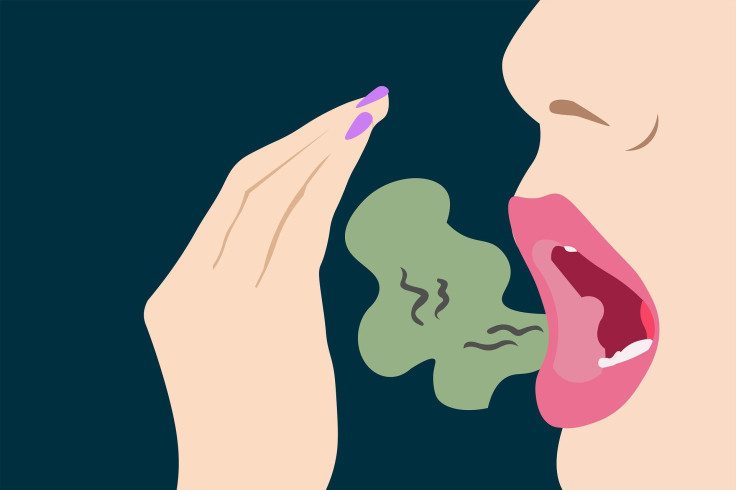
Though urine samples are the most common samples used in drug tests, other samples may also be collected. In cases where oral fluids are the choice of sample to be used for toxic screening, some attempt to cheat using a mouthwash to "cleanse" the mouth and make drugs undetectable in their oral fluid sample. This relies heavily on timing and adhering to strict instructions, putting a lower success rate to this drug test cheat.
7.
Hair Specimen Tampering Products
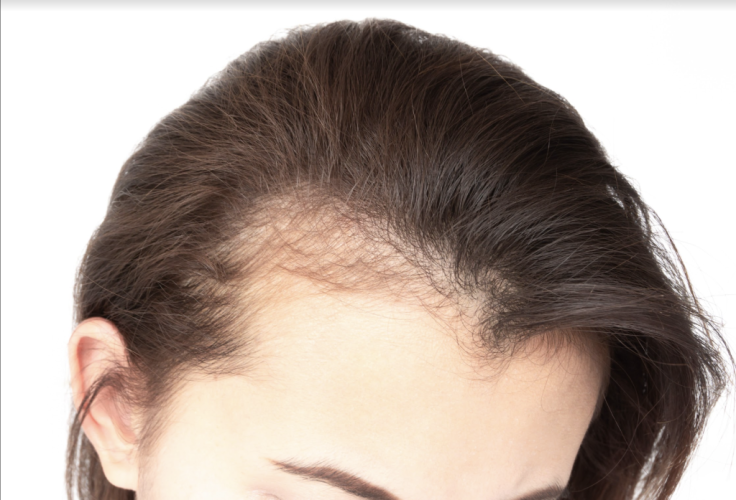
Products have also shown up claiming to beat drug tests that use hair follicles as samples. Some of these products claim to wash out toxins from the hair, which will purify the scalp for about six hours. Chemical processes such as bleaching and dyeing and using shampoos and hair powders will not interfere with drug tests that use hair samples. These tests use the protected internal shaft of a hair strand.
Similar to the oral fluid tampering mouthwash and detox kits, these products seem more like a way to get money from buyers since they come at a hefty price with little assurance that they will work.
© Copyright IBTimes 2024. All rights reserved.




















